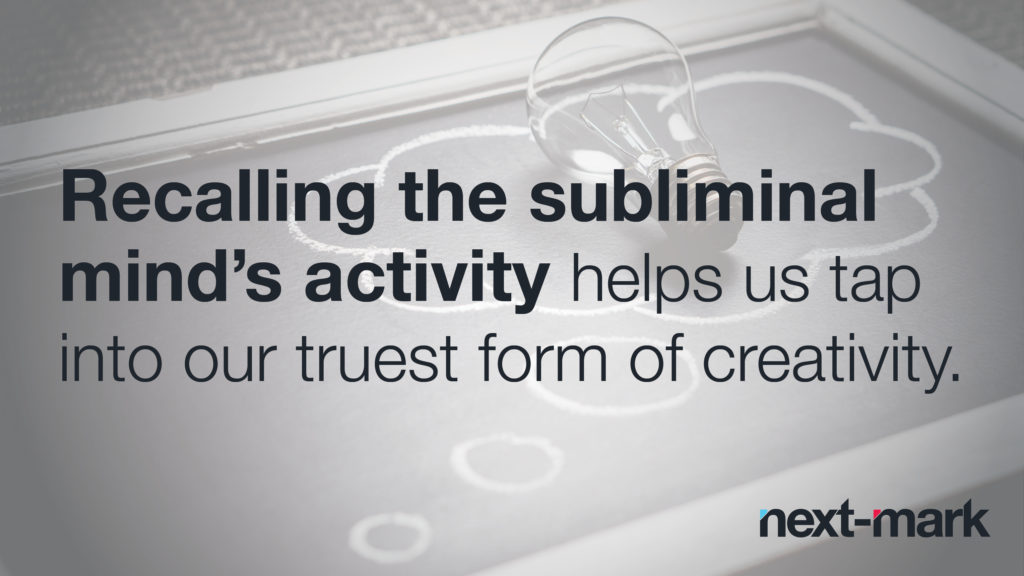
The job of a designer is to be creative. We collaborate with writers to bring their words to life and use colors, shapes, patterns, shadows, textures and a myriad of other visual elements to illuminate a brand. We’re connoisseurs of translating ambiguous feedback (“Just make it pop a little more” is a favorite of mine) and wizards at reinvigorating a stale, tired piece of material. Imagination and inspiration are woven into the fabrics of our work, so when we’re feeling stuck creatively — it shows. Trying to dig out of a creative rut can be discouraging. We all face these roadblocks from time-to-time and, while every person’s process is different, here are some techniques that help me navigate back into an innovative mentality.
Get moving
Step away from your assignment and take a walk outside. A recent Stanford University study found that walking enhances the flow of ideas and invigorates the mind, an effect that is realized even after returning to your desk. Exercise is also a natural stress-reliever and provides mental and physical benefits that can boost creativity. A brisk walk quells the levels of stress hormones and releases endorphins, a hormone the body naturally produces to combat pain and elevate your mood. The thought of leaving a project for a stroll might make you wince, but the benefits of physical activity will make the short reprieve worth it.
Find inspiration
Though it might sound contradictory, originality can stem from appreciating another designer’s creation. Search online for a creator’s work that moves you and evaluate what draws you to the piece — is it the placement, the lines, the utilization of space? This assessment might spark a new idea or allow you to more effectively assess your own material. Celebrate your unique style, but don’t shy away from learning from others’ work.
Brainstorm
Collaboration and creativity go hand-in-hand. Ask your co-workers if you can talk through your idea with them and get their feedback. Grab a white board and outline the fundamental elements of the project. This will help you to think critically about the problem, evaluate the project in a new space and garner insight from people with a fresh perspective.
Carry a sketchbook
Some of the best ideas and concepts come when you least expect them. If you have a sketchbook or even just pen and paper with you at all times, you can quickly write or draw them out before you forget. Even if you don’t end up using the idea for your current project, referring back to your notes can stimulate creativity and benefit you in the future.
Get in touch with your subconscious
This method might be a little unusual, but dream journaling can be a fascinating and powerful tool for enhancing creativity. Dreams are our ideas, but uninhibited by the restraints consciousness innately imposes upon us. Recalling the subliminal mind’s activity liberates us from traditional norms and helps train us to view situations from a different perspective. Creativity has free reign in our subconscious and writing these down helps us capture the truest form of our imaginations. The bizarre, wondrous world of dreams is a boundless source of inspiration.
Ultimately, great design stems from hard work. The perfect piece will never appear out of thin air, and the creative process is, well, a process. It’s collaboration, coupled with a deep understanding of the project objectives, audience and use. If you know your craft well and can identify techniques that kick-start your creativity, you’ll be equipped to produce something spectacular.